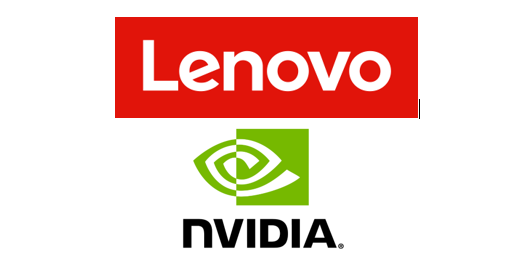Lightweight construction is more than designing according to the laws of nature. It is a social, ecological and economic concern, a philosophy and an aesthetic view. In this case study we see how SL-Rasch (Institute for Scientific Architecture) used HPC to design, simulate and manufacture large umbrellas for use in a variety of places including a mosque.
 SL-Rasch specializes in buildings and lightweight structures that integrate architecture and engineering. PamCrash® and OpenFOAM are among the applications used to conduct their computer simulations.
SL-Rasch specializes in buildings and lightweight structures that integrate architecture and engineering. PamCrash® and OpenFOAM are among the applications used to conduct their computer simulations.
To better understand the impact of various wind conditions on very large umbrella structures under stress, the Institute turned to SGI for a high performance solution.
This article is part of 5 article series on how HPC is helping to Fuel the Growth in Manufacturing. This white paper was created by the editors of insideHPC and underwritten by SGI and Intel.
Significant computing power is required for, amongst other tasks, long term wind simulation on highly flexible lightweight structures through large scale models with high numerical grid resolutions. To manage the huge quantities of different types of data involved and the specialist applications the company uses, SGI proposed a High Performance Computing (HPC) facility with:
• 64-node SGI ICE 8400 System
• 108-node SGI ICE X System
• 48 core SGI UV100 System with 256 GB memory
• SGI InfiniteStorage 5000
The SGI solution has enabled SL-Rasch to move beyond traditional, standardized engineering approaches that do not fully address the issues involved in designing and producing large lightweight structures. The company now has:
• Increased modelling, simulation, animation and rendering capability
• Reduced requirement for physical prototypes of large umbrella simulations saving time and costs
• Enhanced safety margins on designs and quotations
• Reduced per node energy cost
• Faster project turnaround times
Next week we’ll explore how European car manufacture Skoda uses HPC to simulate safety testing. If you prefer you can download the complete article series in this white paper from the editors of insideHPC, courtesy of SGI and Intel.



